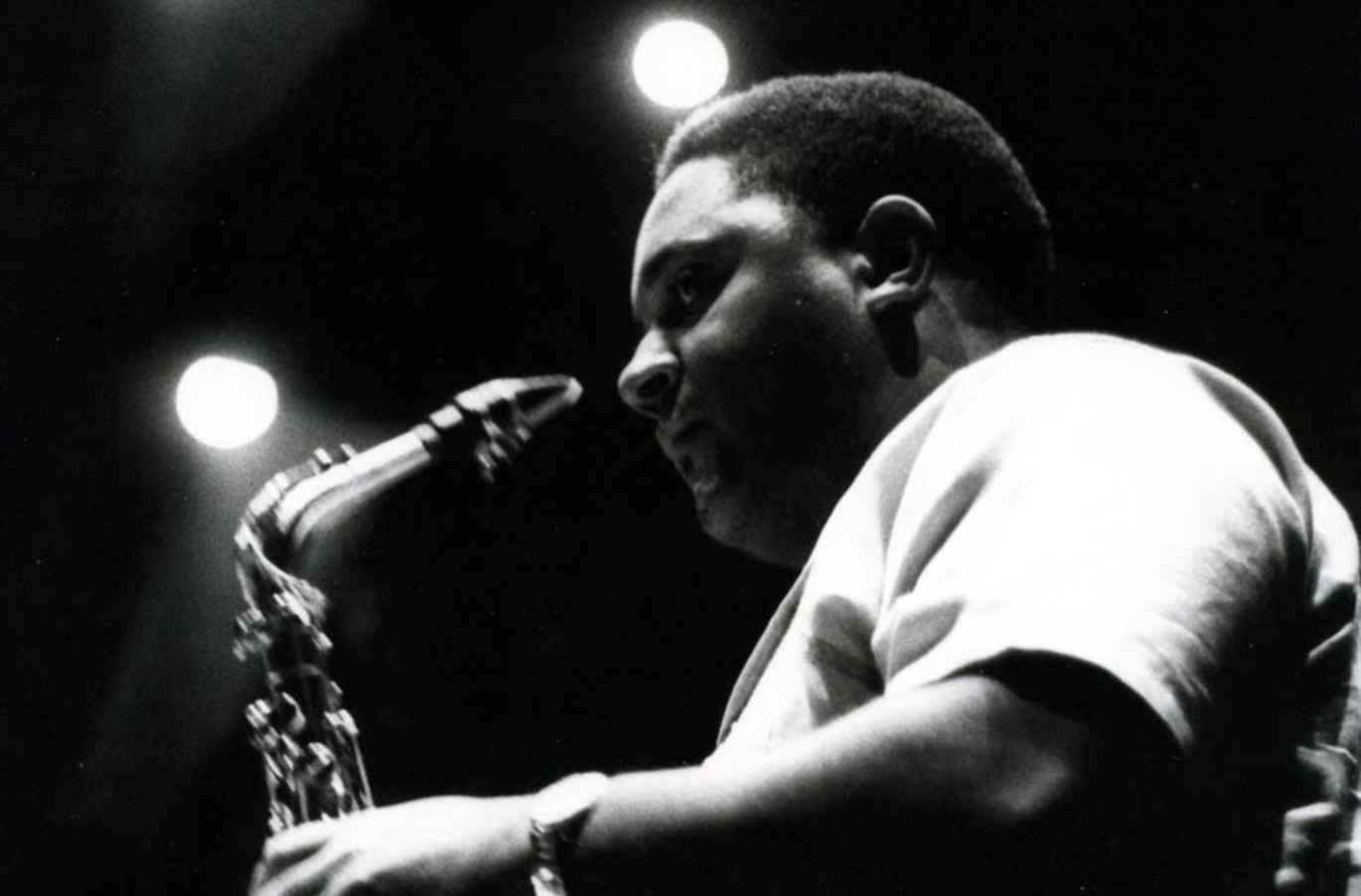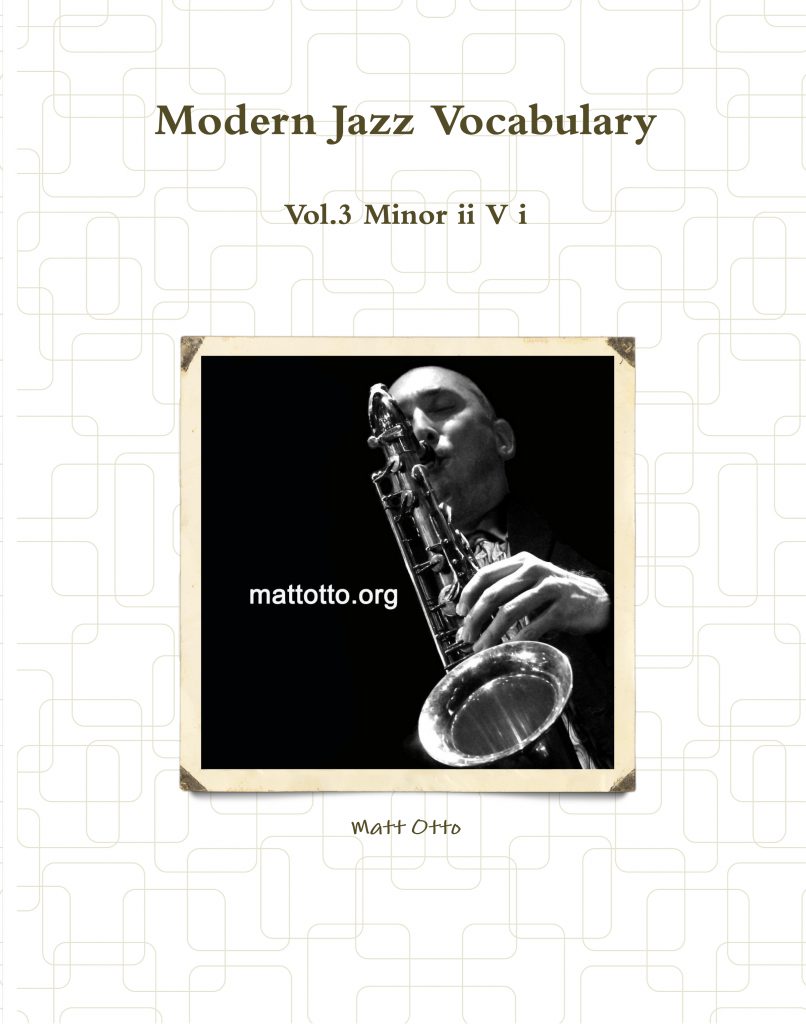~Lesson 99: 4 Note Cell

In this lesson we’ll look at 5 different harmonic contexts for a common 4 note cell. This 4 note cell is often thought of as one of the simplest Major 7 #11 voicings (1,Maj 3, #11, Maj 7). In C

Free Jazz Education and Music

In this lesson we’ll look at 5 different harmonic contexts for a common 4 note cell. This 4 note cell is often thought of as one of the simplest Major 7 #11 voicings (1,Maj 3, #11, Maj 7). In C

This past week in my Jazz Theory and Performance class at KU we looked at a solo recorded in 1927 by Saxophonist Frankie Trumbauer. The entire solo is fantastic, but in this lesson we’ll look at just one idea that

I had the wonderful opportunity to meet composer, educator and tenor saxophonist Jerry Bergonzi at the KU Jazz Festival last weekend. The KU faculty and students did big band arrangements of a few of his tunes and, not surprisingly, Jerry

In this lesson we will look at a melodic pattern derived from the (classical) Augmented Scale (not to be confused with the whole tone scale). This scale, which we studied in Lesson 7 , Lesson 56 and Lesson 70, is comprised

This play along covers Dominant 7th chords in all 12 keys. I’ve been enjoying using these tracks in both my personal practice and teaching for a while. The bass and drums swing at 120bpm in 4/4 time while a dominant

Playing by ear over tunes you don’t know can be challenging. I’ve found this easy ear training routine to really help in this regard. We’ll be trying to play and correctly label a random dominant 7th chord progression by ear.

Taking a short phrase from a popular jazz tune and working it through the keys by alternating between singing and playing is great way to learn a new melody that comes directly from the jazz tradition. This is a simple

In this lesson we’ll play a simple scale pattern ascending chromatically through all 12 keys. This is a variation on what is often called “diatonic 3rds” although it’s a little bit harder in that it leaps up or down by

In this lesson we’ll look at using only the 3rd and 5th of each chord in a melodically specific way. We’ll either play from the 5th of the chord up to the 3rd of the chord (ascending diatonic 6th) or

Yusef Lateef was one of the great innovative melodic improvisers and composers and in the 80’s, I purchased Yusef Lateef’s book, Repository of Scales and Melodic Patterns. This book holds a wealth of creative material which is valuable to both

Here’s a nice blue’s idea (or “lick”) played by Tina Brooks (tenor sax) over the chord changes to Confirmation on Jimmy Smith’s album House Party (1958). The line works well over the first 4 bars of Confirmation’s chord changes but

Improvising over the minor ii-7, V7, i chord progression can be challenging for both the beginning and advanced jazz musician. Modern Jazz Vocabulary Vol.3 contains over 1600 Bars of minor ii-7, V7, i- melodies, licks and patterns in all 12